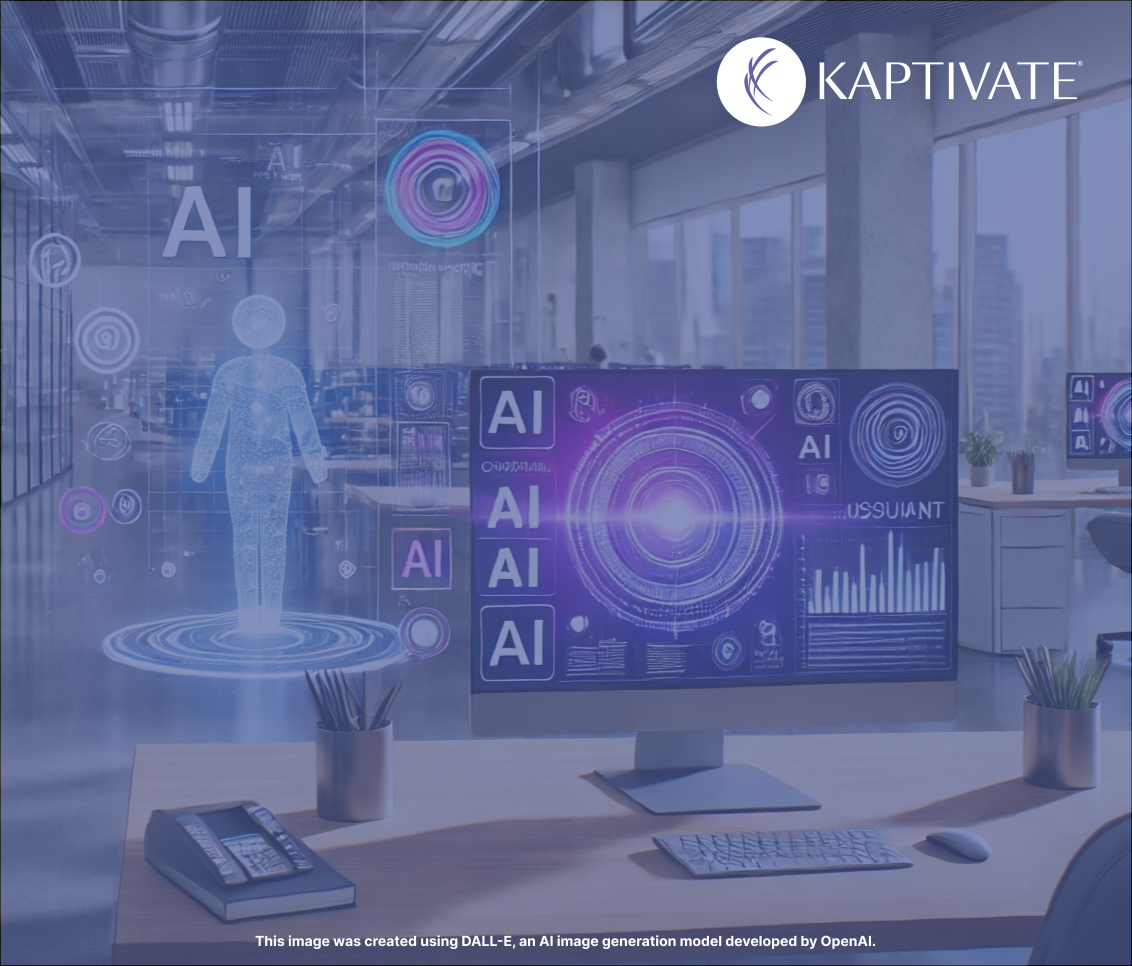Seven Trends Defining HR in 2024
As we move into the second quarter of 2024, the landscape of Human Resources is undeniably morphing, driven by rapid technological advancements and shifting workforce dynamics. With an eye on the future, HR leaders can play a key role at this crucial juncture—navigating emerging challenges while seizing opportunities to redefine the workplace.
The overarching challenge for HR in 2024 is mastering the art of balance among competing priorities such as talent acquisition, employee retention, and the integration of flexible work models. How organizations respond to these challenges could shape their operational dynamics for years to come.
One significant trend identified by Culture Amp, a leader in employee experience analytics, is the regaining of trust. Transparency isn’t just a buzzword; it's the foundation for rebuilding the employee-employer relationship. Leaders must openly share their vision and future plans with their teams. More importantly, they must cultivate feedback channels, making every employee feel heard and valued.
Another focal point is the rise of a new generation of managers. This burgeoning group brings fresh expectations about communication, leadership, and organizational culture. They favor dynamic, two-way interactions and continuous feedback loops over traditional top-down communication. Addressing these generational shifts in management style is crucial as it influences how policies are implemented and perceived by younger team members.
Workplace technology also takes center stage. As we embed more tech solutions into our daily operations, the focus must remain on enhancing efficiency and meeting the specific needs of the business without overwhelming its users. It’s not just about having the latest tools, but about integrating technology that complements and simplifies workflows, thereby enhancing productivity without sacrificing well-being.
The concept of commute-worthy experiences is gaining traction too. In the era of remote work, the goal is to make the office compelling enough that employees want to commute. This proposition involves creating environments that foster interconnectivity and creativity, encouraging spontaneous collaboration and innovation that’s less feasible in isolated setups.
Generative AI is poised to revolutionize the workplace. Beyond its buzz, generative AI offers substantial backend support, automating mundane tasks and providing sophisticated analytics to aid decision-making processes. This productivity boost frees up employees to focus on more strategic and creative tasks, potentially leading to higher job satisfaction and efficiency. It will be essential for organizations to train staff on generative AI with an emphasis on use cases, security, and ethics. Organizations will also need to rework competency models to integrate AI skills from prompt engineering to quality assurance.
Transparency in compensation, encapsulated in the trend towards greater pay transparency, addresses the growing demand for fairness and equity within the workplace. Conducting regular audits to identify and rectify pay discrepancies not only fosters trust but also strengthens corporate integrity.
Lastly, the human element remains irreplaceable. As intelligent technologies evolve, there’s a pressing need to stay human. This balancing act requires continuous upskilling of employees to work alongside AI, integrating this emerging technology into their roles without becoming subservient to it.
These seven trends form a roadmap for organizations to thrive in a rapidly changing landscape. By focusing on these key areas, HR leaders can ensure their organizations remain adaptable, resilient, and forward-thinking, prepared to turn potential workplace disruptions into opportunities for growth and innovation.


